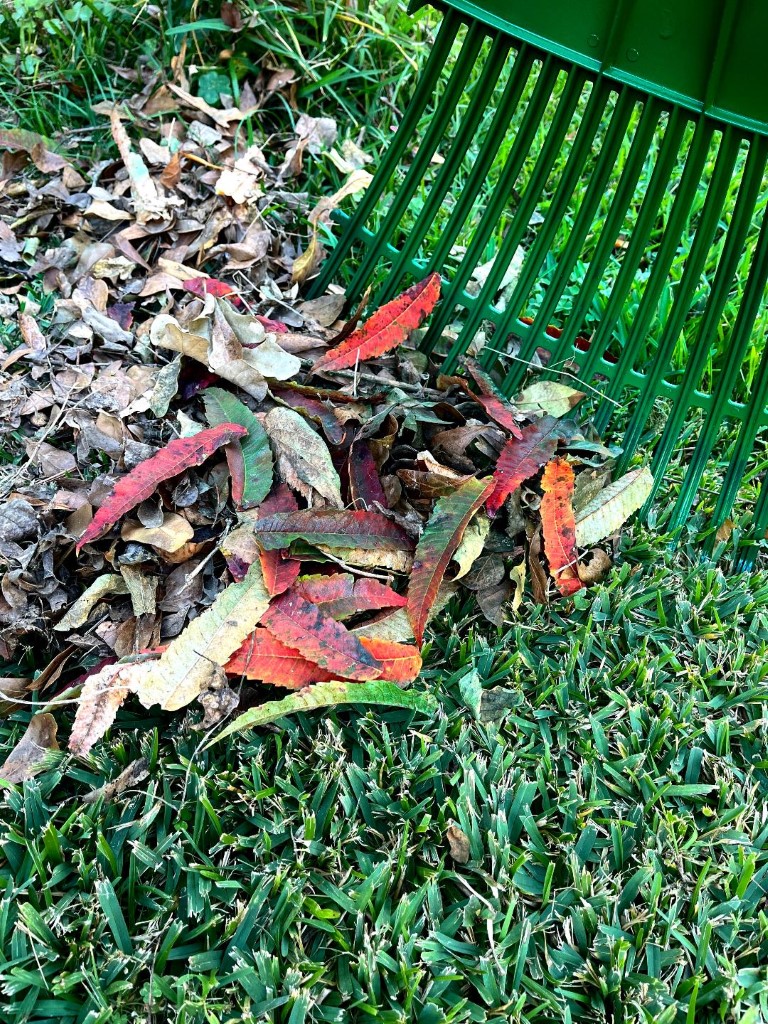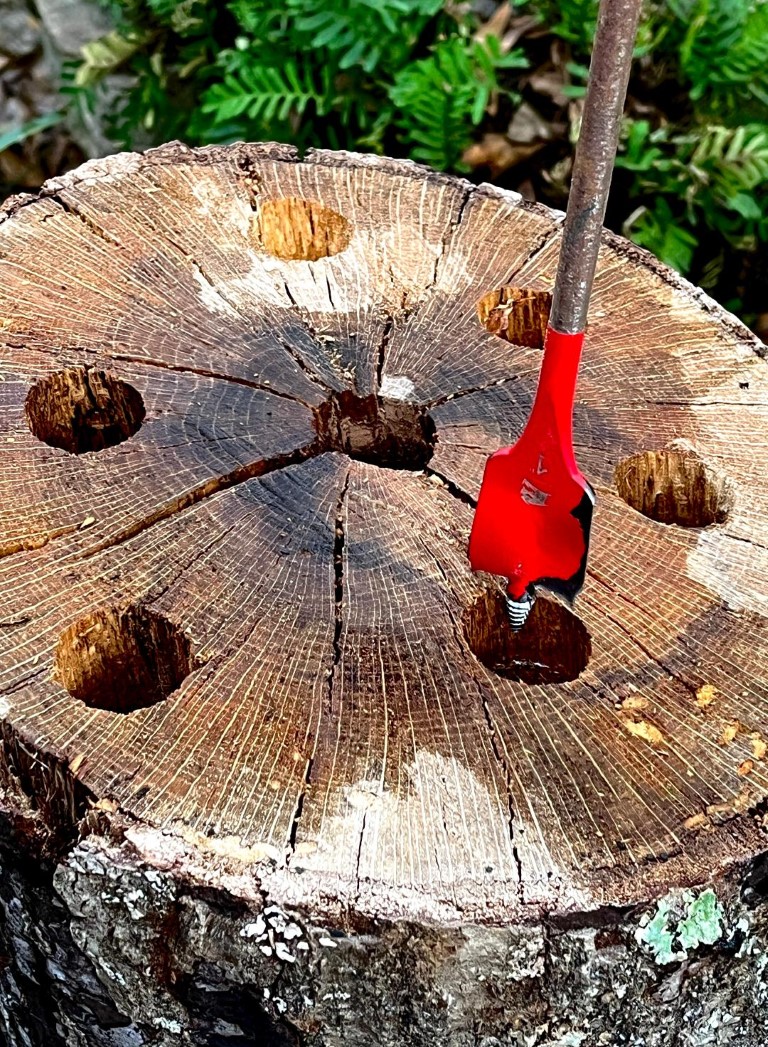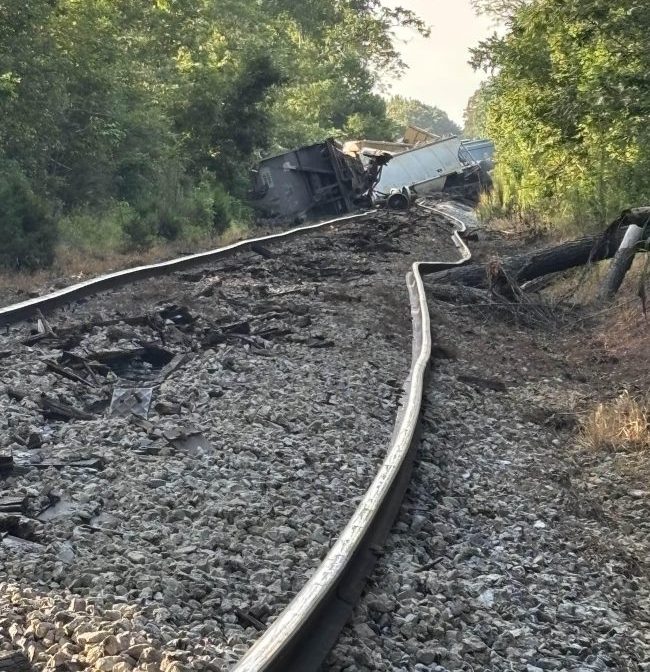Do I really need to rake all these leaves?
Published 10:18 am Thursday, October 24, 2024
By Felder Rushing
Gardening Columnist
From when I was a reluctant kid to even more indisposed grownup, the perennial question remains: Do I really need to rake all these leaves?
Trending
Lately many of my fellow lawn care experts are extolling us to leave them, listing various reasons from feeding the lawn and soil to reducing erosion, protecting overwintering insects, and saving the landfill. Plus looming bans on noisy leaf blowers. All this pales when set against our natural urge to keep things tidy.
Like whether or not to use pine leaves or chipped wood as mulch, it’s mostly a matter of personal preference. Pine straw is often readily available, and it looks nice and stays put on slopes and during frog strangler rains; however, bark and chipped wood are easier to spread from bags and less is required to cover an area, plus as it decomposes it feeds the soil, which pine straw is slow to do.
But it still boils down to preference. Ditto with fallen leaves on the lawn. Though most folks ignore or simply mow them into the lawn, others find leaves distracting, and constantly corral them with a rake or blower. One friend of mine who admits to leaning somewhat OCD reminds me of a sheep dog on patrol as he chases down individual leaves for fast disposal. He says he works too hard on the lawn to let it stay littered; I think he needs medical intervention.
Truth is, regular raking or blowing leaves doesn’t directly harm the lawn, as long as you stop short of removing valuable thatch in the process. That layer of organic matter between the grass and the soil is important to protect roots and feed the soil, and most of it quickly disappears.
That said, there are pros and cons of each approach, from do-nothing to zero tolerance. A perfect lawn is a Sisyphean task, requiring regular mowing at the right height for your type of grass, fertilizing in the spring and late summer, deep watering, weed control using preemerge pellets to keep seeds from sprouting and postemerge sprays to kill evasive and perennial plants that make it through, plus occasional soil aerating and patching bare spots. And lots of fretting.
I work with golf course managers, and though their exacting approach can be pulled off at home, it is all-consuming. My best advice for yard perfectionists is to go to MSUCARES.com, type lawn care in the search box, read up on what it takes, then follow it religiously. On top of what height to mow and when to fertilize (never before April or after September), you can find out how to prevent pesky spring stickers with fall preemerge herbicides or early winter sprays, and so much more.
Trending
The other end of the spectrum, ignoring fallen leaves entirely, can cause problems, mostly from smothering the lawn which keeps it from getting the sunlight it needs and creates a dense mat that favors diseases. However, folks who do this usually just mow whatever grows and let it go at that, which is fine, and works, and their yards are usually more ecologically diverse with low wildflowers and a largely unseen world thriving with little critters that help make the world go around.
Most folks are somewhere in between the too neat and too naturalistic extremes. They mow leaves to keep earthworms eating, aerating, and and feeding the lawn, and when the leaves get too deep to mow, they push the leftovers under shrubs and into flowerbeds as mulch. This approach, which I personally prefer, is the best of both worlds.
Bottom line: Your lawn, your call.
Felder Rushing is a Mississippi author, columnist, and host of the “Gestalt Gardener” on MPB Think Radio. Email gardening questions to rushingfelder@yahoo.com.






